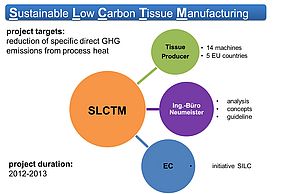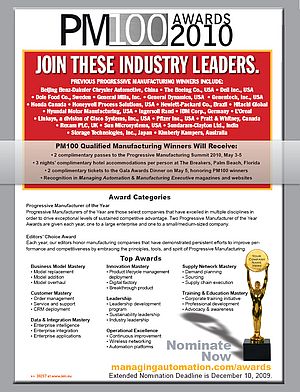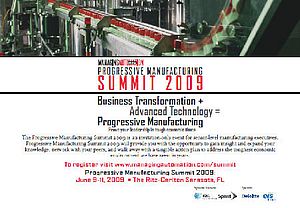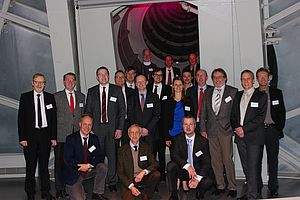Energy Management System (EnMS) is a well known practice since many years. Initially, it meant that a company assigned a person to develop and be responsible for energy budgets, keep track of energy consumption, and work to reduce this consumption. This often resulted in a non-structured EnMS work that did not fit into other management systems used by the company.
Background
One of the first countries that developed and implemented a national standard for energy management was Denmark in 2001 and, last year, we saw the release of ISO 50001, the International Standard for Energy Management.
The key elements of EnMS are:
- Business energy policy – the corner stone of the system, ensuring commitment from top management
- Energy audits
- Energy saving measures
- Special investigations or surveys
- Process maintenance
- Routines for energy-efficient procurement and design.
Nationally, as a part of energy management, guidelines are laid out for the organization of efficiency activities, energy control, energy-effective purchasing, training and motivation of staff. They outline ways for companies
to ensure that:
- Savings achieved in daily operations can be maintained
- Intervention takes place in cases of ineffective operations
- New possibilities for efficiency are evaluated as a routine aspect of daily operations.
In the recent years, and to encourage industry to improve its energy efficiency, a national schemes of voluntary agreements were developed in several countries (Denmark, Finland, Switzerland, …) and introduced by their governments. The main goal was to provide support to energy-intensive companies. In most of the countries, these voluntary schemes proved successful with very high percentages of uptake by the business.
At the same time, several important types of measures have become significantly cheaper and technologies are much more readily accessible – for example, heat-recovery technologies (including MVR units), lighting controls, frequency converters and energy efficient motors. It has been noted that industries that implement and maintain an EnMS system typically save 10-20 % within the first 5 years.
The cornerstone of these agreements is that the companies are incentivised to implement a certified energy management system. This adds to the evidence that EnMS significantly contribute to the overall energy efficiency in industry and that they could enable major saving potentials yet to be realised.
Where next?
What has been learned from early support for EnMS is that national energy agencies have to put efforts into information campaigns, promoting energy consulting and certified auditing. Watch out Hannover Fair 2012: The German Energy Agency “dena” organises an International Day focusing on “how to increase demand for EMS”, Wednesday, 25 April, hall 14.

Tofuture - CSM Corporate Sustainability Management
| An effective implementation of EnMS depends on several factors: |
|

Business Energy Efficiency as a System
The European Union Energy Efficiency Directive currently negotiated putsa strong emphasis on energy audits. These usually map and evaluate all significant energy-usage elements within a company. On the basis of this process, a first assessment of possible areas for energy-saving measures is carried out. Decisions are taken on which saving and/or energy-efficiency measures should be analysed in depth. It is important for energy audit to be integrated with EnMS and should be regularly updated.
Internationally, focusing on the EnMS standard has already proven to be effective. However, it is important to focus on what role it can play together with other established methodologies and programmes such as Lean Manufacturing, EU Factories of the Future, Sustainable Manufacturing and Consumption EU initiatives, all aiming to generate step improvements in quality, productivity and waste minimisation. This has already been taken up by some companies, such as Siemens, approaching industrial energy efficiency in a holistic and systematic way.
To encourage the uptake of EnMS, the role of energy efficiency as part of broader company strategies needs to be highlighted. For example, energy efficiency is part of the climate + strategy from Elkem, a Norwegian silicon producer. It is also considered in systems like the GRI certified "Corporate Sustainability ManagementSystem" of Tofuture from Finland helping retailers to manage their supply relations with producers.
Management
The company's internal energy policy remains the main driver in implementing and improving its EnMS. The policy reflects the commitment of top management to ensuring that the organization can continually maintain and improve its efforts to achieve a more energy-efficient operation and energy conservation. The management system also includes an education and information plan on energy-related issues for the employees. The EnMS as a whole must be described so that it is accessible and understandable to all relevant people.
EnMS and company management are requested to review the EnMS regularly to ensure its continuing suitability. The management review addresses the possible need for changes to policy, targets, action programmes and other elements f the EnMS, in light of the commitment to continual improvement.
Conclusion
What is outlined here is just a brief description of the EnMS. Energy Efficiency in Industrial Processes (EEIP) is operating 'Process workstream' of which the present article's author is the Chairman. The key objective of this work is to promote manufacturing processes as the primary area for achieving industrial energy efficiency gains, while supporting innovation and long term competitiveness of the European industry, and exchange of solutions & best practices. In addition,we are looking at how individual EU policy measures impact energy efficiency of the whole process 'system'. To conclude, EnMS is often seen as being only suitable for larger energy intensive industries. This authors' view is that it could be effectively introduced across the sectors and provide for a stepping stone for widest business energy efficiency in Europe.
| Non-Energy Benefits (NEBs) of energy efficiency |
| Drivers for business energy efficiency very often go beyond cost saving and strategy, and include variety ofthe secondary effects such as reducing waste, reducing emissions, reducing maintenance costs, improved productivity, business reputation and providing a better working environment and reduced downtime. These are usually not included in project planning and evaluation since there is no recognised method for calculating their value. These elements are usually referred as the non-energy benefits(NEBs). That NEBs are important and that they should be included in considering for a energy efficiency implementation project is clear from recent research which finds out that if NEBs are included, the value of energy savings can often be multiplied by a factor of 2.5. Making the true value of energy saving at 2.5 times higher, with payback to be achieved within less than half the time otherwise assumed, if calculations are based on energy savings alone. Planning for inclusion of NEBs in the scope of project often includes selection of relevant NEBs measurement parameters and develop an NEBs checklist and tool which can be used to evaluate and adjust potential NEBs saving. Evenmore, businesses sometimes find out that other benefits are often more important when implementing energy saving projects than the actual energy savings themselves. In the world of energy efficiency we need to keep an eye on the broadest range of benefits of using energy in a smart way. |
Article written by Erik Gudbjerg, Director at Lokalenergi, and Chairman of EEIP Process Consortium


































